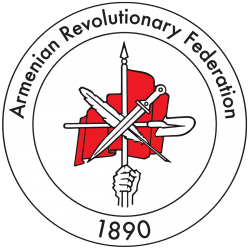Melik T. Vahanian - Hovhannes Yousoufian
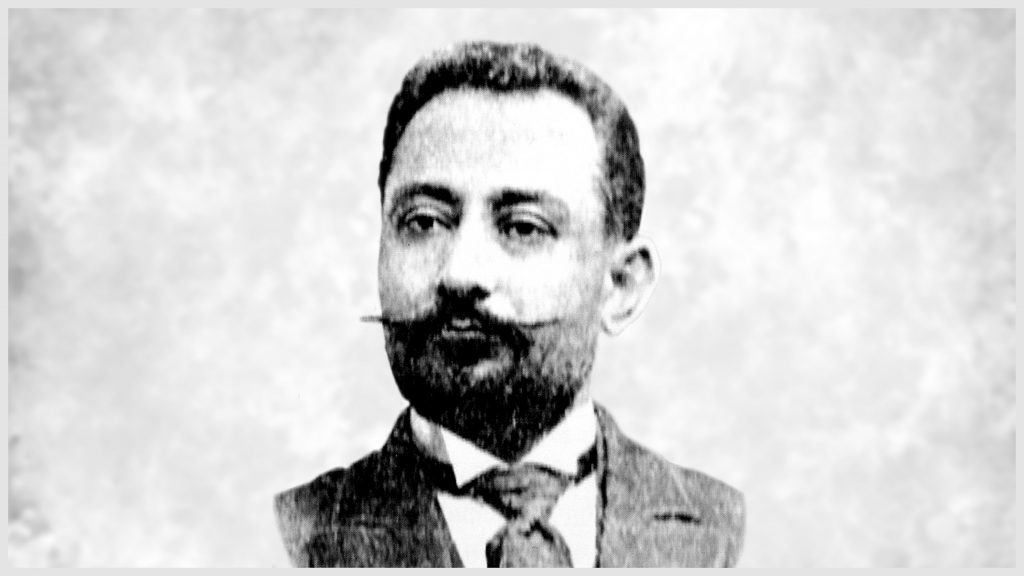
Born in Yerevan to a family from Nor Bayazit, Yousoufian (Vahanian) graduated from the Nersisian College of Tiflis. While a teacher in Telav (Telavi), in eastern Georgia, he was actively involved in revolutionary groups.
Yousoufian became one of the most active and effective organizers during the first decade of the ARF. Under orders from the ARF Bureau, he traveled to Trebizond, Constantinople, Geneva, and the United States, where he established ARF units.
He was a teacher in Trebizond from 1890 to 1892. As the plenipotentiary representative of the ARF in Constantinople from 1893 to 1895, Yousoufian set up a powerful ARF clandestine organization in the capital of the Ottoman Empire.
He was then sent to the United States, where he established the foundation of the US ARF organization (1896–1898).
The ARF’s Second World Congress (1898) elected him a member of the Eastern Bureau, but his failing health prevented him from being as active as he once had been.
He was elected Mayor of Nor Bayazit in 1905. He remained in the Caucasus until 1910.
Fleeing Tsarist persecution, he settled in Switzerland, spending the rest of his days, ill and often penniless, in Lausanne,. He died there at the age of 70.
Honan Nanoyian - Hovnan Davtian
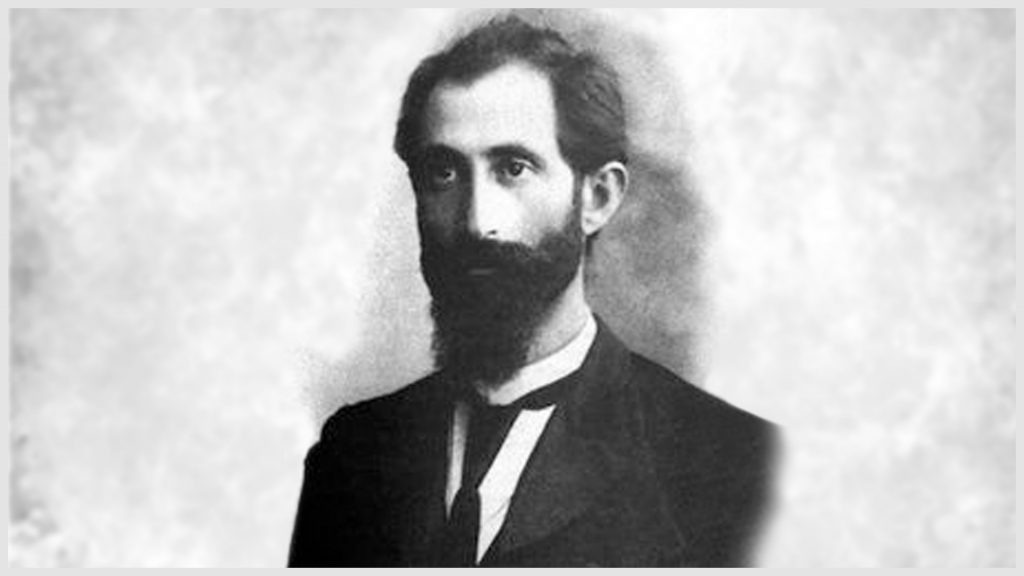
Born in Shoushi, Karabagh, Davtian was one of the most outstanding and idealistic figures of the ARF’s first generation. He completed his secondary education at the Tiflis Nersisian College and studied political and social sciences at the University of Geneva.
In 1891, invited to Tabriz, Persia, to teach, he joined the group led by Hovsep “Ishkhan” Arghoutian and Nikol Douman. In 1892, he attended the First World Congress of the ARF, where, with Zavarian, he hotly defended organizational decentralization.
After a few years of teaching in Tabriz, he returned to Geneva to continue his studies. He worked on Droshak with Rostom and also during Rostom’s absence (1895–1896). In the summer of 1896, when the assassination of the Sultan was being planned, he went to Constantinople; he returned to Geneva after the failed attempt. He was back in Tabriz in 1898 and in Switzerland once more in 1900. The following year he returned to Tiflis and remained for a fairly long period. He was the editor of Harach (Forward) from 1905 to 1906.
He was back in Tabriz form 1908 to 1913 as director of the Central School. Subsequently, he returned to Geneva, where he remained. He died there of tuberculosis in August of 1918, at the age of 53.
Honan’s wife, Hortense Berchier, a Swiss citizen, spoke and wrote Armenian fluently. She was Honan’s life companion, sharing his concerns, sentiments, and commitment toward the Armenian people. She also died of tuberculosis, in 1917, in Geneva.
Mariam Makarian - Maro
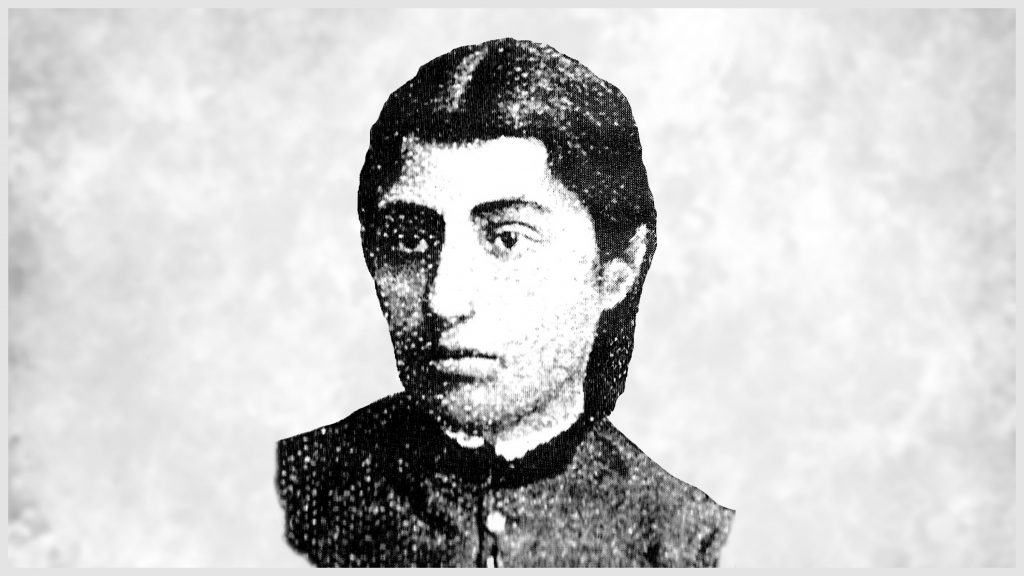
Born in Derbent, in Daghestan, Russia (northwest of Baku), and orphaned at an early age, Maro was raised by her brothers and educated at the local secondary school. While a student, she actively participated in gatherings organized by activist-patriotic groups. She joined the Dashnaktsoutiun at its inception.
In 1894 she moved to Tabriz as a teacher and revolutionary fieldworker and was elected to the local ARF body.
She taught needle-lace to young Armenian women, also forming reading and discussion groups in which she read the Droshak and discussed social and national issues of the day.
She participated in the work of transporting arms and ammunition to Turkish Armenia, and her home became a veritable arms depot, as well as a hideout for revolutionaries on the run. When working in the effort to transport arms, she met and became engaged to Aristakes (Karo) Zorian, Rostom’s younger brother and a founder of the ARF’s weapons foundry in Tabriz.
In 1896, Maro went to Salmast (Iran) to help in the preparations for the Khanasor expedition against the Mazrik tribe of Kurds. In Salmast, she saw that Karo was hesitant to participate in the expedition. Ascribing that hesitation to his love for her, Maro found herself in emotional turmoil and steadily fell into deep depression.
On December 2, 1896, Maro committed suicide. She left behind a letter (excerpt below), not addressed to anyone but certainly meant for Karo.
Karo took part in the Khanasor expedition on July 25, 1897. He was killed in the fighting, one of only a few Armenian casualties that day.
Artashes Chilingirian - Ruben Darbinian
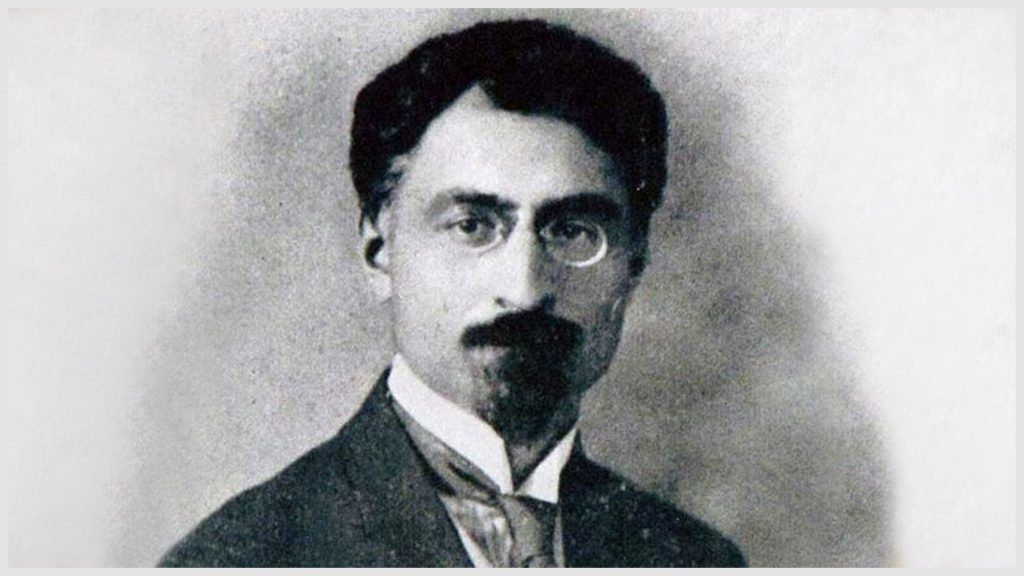
Born in Akhalkalak, Darbinian was taken to Ekaterinodar (present-day Krasnodar) as a child by his parents. He was educated there and in Tiflis. In 1903 he attended Moscow University, and later traveled to Germany to further his studies.
He joined the ARF in the early 1900s, and by 1906 he had become chairperson of its North Caucasus Central Committee. Due to his revolutionary activities, he was forced by Tsarist authorities to flee in 1909.
Moving to Constantinople, Darbinian continued his activities, becoming editor of the ARF organ Azatamart. In 1914, he returned to Tiflis, and from there went on to Baku as editor of various ARF papers.
During the “Baku Commune” of 1918, Darbinian traveled to Moscow with Simon Hakobian to secure Bolshevik aid against the Turkish forces besieging Baku. In Moscow, however, he was met with hostility on the part of Soviet authorities.
In 1919, Darbinian moved on to Yerevan, where he became Minister of Justice in the government of Aleksandr Khatisian. He also served for a time as editor of the party organ Harach.
When the Bolsheviks occupied Armenia in late 1920, Darbinian attempted to flee but was apprehended and jailed. He was freed by the popular revolt of February 1921, and during the ensuing months he remained in Armenia as editor of Azat Hayastan. He escaped the return of the Bolsheviks by going to Tabriz (Iran) and from there to the West.
Darbinian eventually settled in Boston, where he assumed editorship of Hairenik in March 1922. During his long tenure, Darbinian became known for cultivating the talents of many writers and cultural figures, and he oversaw the founding and enlargement of publications that served to supplement the Hairenik daily: the English-language Hairenik Weekly, the scholarly and literary Armenian Review, and the Hairenik Monthly, which was notable for publishing the memoirs of many early Dashnak leaders.
Darbinian was also known for his strong, uncompromising anti-Communist stance—a view he held throughout his middle and later years.
He died in Boston. He was 85.
Abraham Giulkhandanian
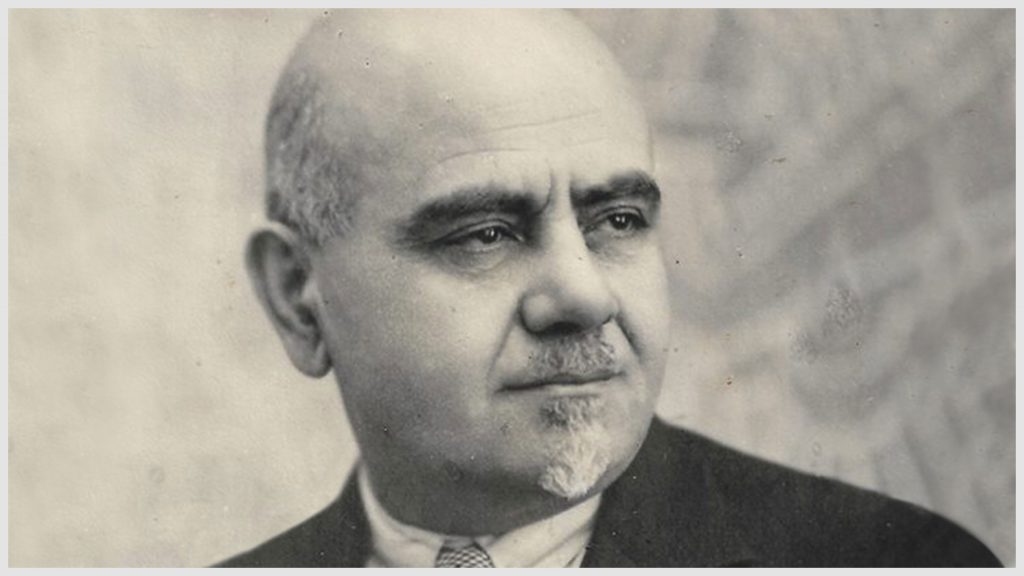
Born in Vagharshabad, Ejmiatzin, Giulkhandanian studied at the Gevorgian Seminary and later in Russia at the Yaroslavl Law School. He joined the ARF in 1894, and in 1898 went to Baku on business, remaining there for many years, devoting himself to ARF work.
Giulkhandanian became a member of the ARF Central Committee of Baku in 1902, continuing uninterrupted in that capacity until 1908. During that period, he established close ties between the ARF and Armenian oil well laborers in Baku, earning the respect of Armenians from all classes of society as well as non-Armenians.
An active leader in Baku during the Armeno-Tatar clashes of 1905–1906, he also led the Armenian defense in the Gandzak province (present-day Gyanja, in Azerbaijan).
In 1908, he became a member of the ARF’s Eastern Bureau and helped coordinate ARF activities throughout the Caucasus. He was arrested in April 1910, during anti-ARF persecutions headed by government prosecutor Prince Leizhin, and was not freed until 1912. He moved to Yerevan after his release.
In 1914–15, he became a member of the organizing committee of the Armenian Volunteer Movement. In 1918, he returned to Baku, where, with Rostom and other leaders, he helped conduct the heroic defense of the town.
Giulkhandanian served as a member of parliament independent Armenia, later becoming Minister of Justice in Aleksandr Khatisian’s cabinet, and subsequently Minister of the Interior. He was also part of Khatisian’s delegation that signed the Treaty of Alexandropol with the Bolsheviks in December 1920.
After the Sovietization of Armenia, Giulkhandanian fled to Romania. He eventually settled in Paris as a member of the ARF Bureau, taking charge of organizing the party archives.
An active writer for the rest of his life, Giulkhandanian published numerous books, articles, and memoirs regarding the Caucasus, the Armeno-Tatar conflict, Armenian revolutionary women, and ARF history.
During World War II, he was vice-president of the Armenian National Council in Berlin, and took part in the delegation that negotiated with Germany to form an Armenian regiment in the Caucasus composed of captured Armenian POWs.
He died in France. He was 71.
Mikayel Hovhannisian - Varandian
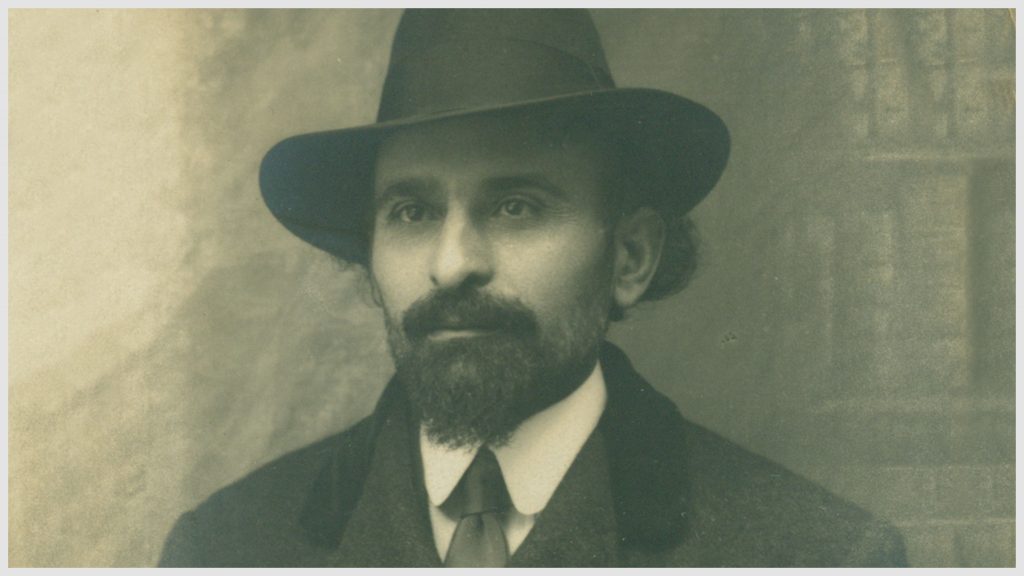
Varandian was born in Karabagh, in Varanda, from which his pseudonym is derived. He attended the diocesan school of Shoushi and thereafter studied social sciences and philosophy at several German universities, then graduated from the University of Geneva.
Varandian lived mainly in Geneva and Paris and was a member of the Droshak editorial team and a party administrator and archivist.
At the ARF’s Fourth World Congress (1904) he was elected a member of the party’s Western Bureau.
As the main theoretician/ideologist of the ARF, Varandian represented Dashnaktsoutiun at the Second (Socialist) International, attending its Copenhagen conference in 1910. He also cultivated links with European socialist leaders of the day.
During independence, he was elected to the Parliament of the Armenian Republic. He served as Armenia’s ambassador to Italy from 1918 to 1920.
Varandian was a prolific writer. Among his books are The Prehistory of the Armenian Movement, Currents, Protest in Recent History, The Reawakening Homeland and Our Role, Dashnaktsoutiun and its Adversaries, Simon Zavarian, Mourad, and other works, in particular his two-volume History of the Armenian Revolutionary Federation.
Varandian died in France of a heart attack. He was 60 years old.
Garegin Chakalian - Garegin Khazhak
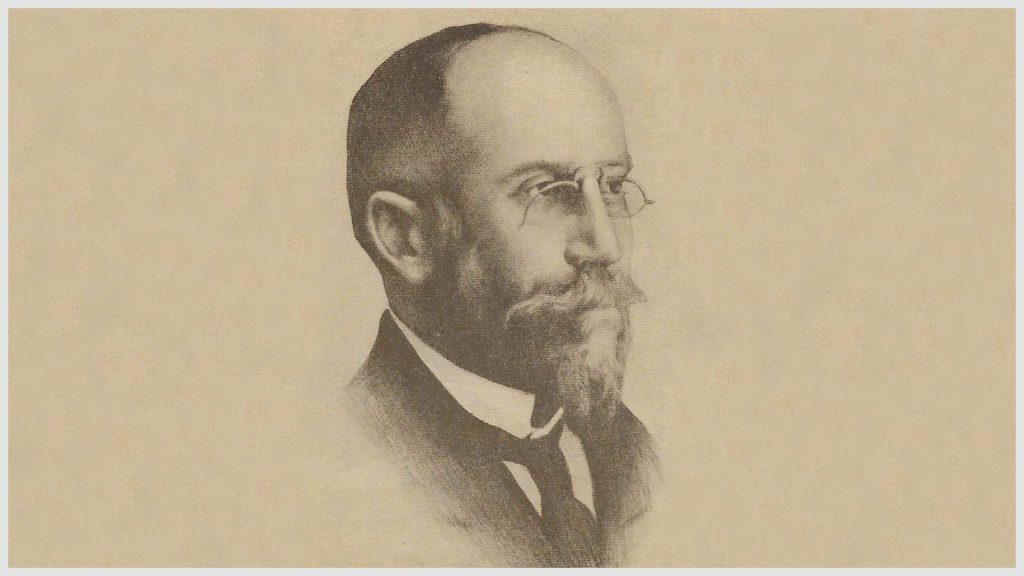
Born Garegin Chakalian in Alexandropol (Giumri, later Leninakan), Khazhak graduated from the Faculty of Social Sciences at the University of Geneva with a degree in sociology.
In 1894, he returned to Geneva from Baku, where he had joined the ranks of the ARF, and began to work for Droshak, the central party organ.
In 1895 he was sent on an organizing mission to the Balkans, where he soon became one of the leading pioneers of the ARF. Later (1897–98) he was sent on a similar mission to Smyrna, then Egypt.
From 1898 to 1903 he was a member of the ARF’s Responsible Body for Constantinople.
Returning to the Transcaucasus in 1903, he taught at the Nersisian College in Ejmiatzin and contributed to Mshak in Tiflis. From 1906 to 1911, in Tiflis, he was a member of the editorial team of Harach and Alik with Avetis Aharonian and Yeghishe Topjian.
He settled in Constantinople in 1911–1912 and became the director of the national school in the Samatia district, working for the newspaper Azatamart at the same time.
One of the most brilliant representatives of the Dashnaktsakan intelligentsia, Khazhak was also among the first victims of the Armenian Genocide, in 1915. He was 48 years old.
Garegin Ter Haroutiunian - Nzhdeh
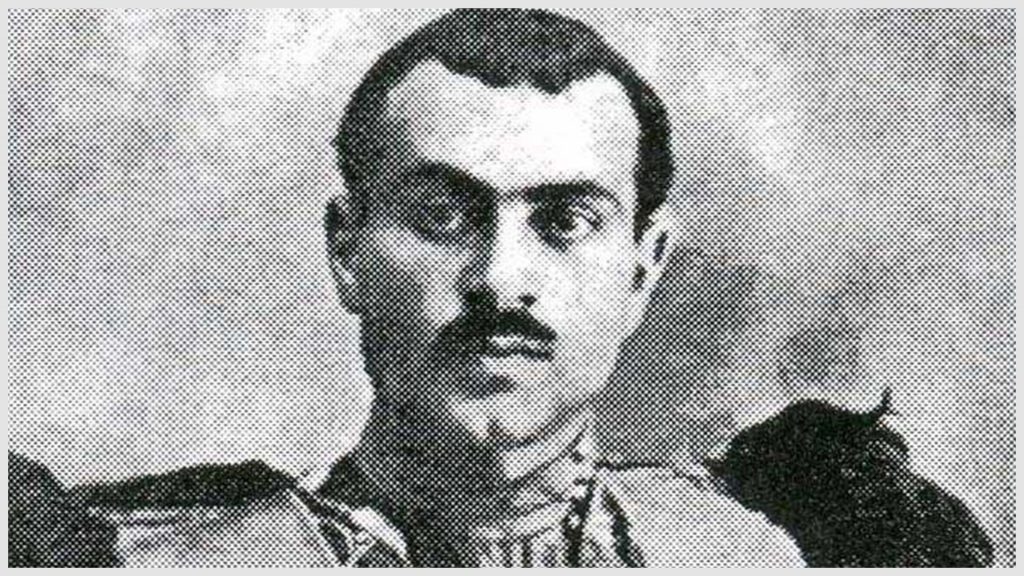
Nzhdeh was born in the village of Kznout, in Nakhijevan, the youngest of four children. His father was the village priest. Nzhdeh received his early education at a Russian school in the city of Nakhijevan. He continued his education at the Tiflis Russian Gymnasium (high school), then attended St. Petersburg University. After two years of study at the Faculty of Law there, he returned to the Caucasus to join the Armenian national liberation movement against the Russian and the Ottoman Empires.
In 1906, Dashnaktsoutiun sent Nzhdeh to Bulgaria to attend military school. He graduated from the Sofia military academy in 1907. In 1908, he participated in the Iranian constitutional revolution alongside Rostom, Yeprem Khan, Mourad of Sepasdia, and other Armenian revolutionaries.
In 1909, Nzhdeh was arrested in the Caucasus by the Russian authorities and spent three years in prison but eventually managed to escape. In 1912, he joined Antranig’s Armenian battalion within the Macedonian-Adrianopolitan Volunteer Corps of the Bulgarian Army and fought against the Ottoman Empire in the Balkan wars, during which he was wounded.
Nzhdeh returned to the Caucasus in 1914–1915 to help in the formation of the Armenian volunteer regiments within the Russian army to fight against the Ottoman Empire. He was second in command to Dro, who commanded the Second Armenian Regiment. In 1916, Nzhdeh commanded a special Armenian-Yezidi military unit.
Nzhdeh played a key role in organizing the troops for the defense of Gharakilise in May 1918. After the declaration of the independent First Republic of Armenia, Nzhdeh was appointed governor of Nakhijevan. In August 1919, he was appointed commander of the Southern Corps of the Armenian army.
Following the Sovietization of Armenia in December 1920, the Bolsheviks proposed that Karabagh and Zangezour be granted to Soviet Azerbaijan. Nzhdeh, who vehemently opposed the idea, led the defense of Siunik region against the rising Bolshevik movement and declared Siunik’s autonomy.
After the February 1921 revolt against Soviet rule in Yerevan, the ARF controlled Yerevan and surrounding regions for some 42 days before being overwhelmed by numerically superior Red Army troops in April. The leaders of the rebellion then retreated into the Siunik region.
In April 1921, the independence of the self-governing region of Zangezour and surrounding areas was declared the Republic of Mountainous Armenia (Lernahayastani Hanrapetoutiun). Nzhdeh was proclaimed its prime minister and minister of defense.
After months of fierce battles with the Red Army, the Republic of Mountainous Armenia capitulated in July 1921, following Soviet Russia’s promises to keep the mountainous region a part of Armenia. Nzhdeh, his soldiers, and Armenian intellectuals, including leaders of the first Independent Republic of Armenia, crossed the Arax River into neighboring Iran. Soon thereafter, Nzhdeh returned to Sofia, Bulgaria, where he married a local Armenian woman and started a family.
Nzhdeh was involved in organizing the Armenian communities of Bulgaria, Romania, and the United States. In 1933, by decision of the ARF, Nzhdeh moved to the US to organize the youth. Assisted by Kopernik Tandourjian, Nzhdeh founded the Tseghagron movement, which soon became the Armenian Youth Federation (the ARF’s youth organization.)
In 1937, he returned to Bulgaria, where he published the Razmik Armenian newspaper and, along with a group of Armenian intellectuals in Sofia, founded the Taron Nationalist Movement and published its organ, the Taroni Artziv paper. He maintained close contacts with Macedonian Bulgarian revolutionary organizations.
During the Second World War, Nzhdeh attempted to gain the support of the Axis Powers (namely, Germany) as well as the Allied Powers (specifically, the Soviet Union) by proposing Armenian assistance in return for attacking Turkey. Convinced to travel to Moscow for talks, he was arrested and held in Lubyanka prison.
Adom Yarjanian - Siamanto
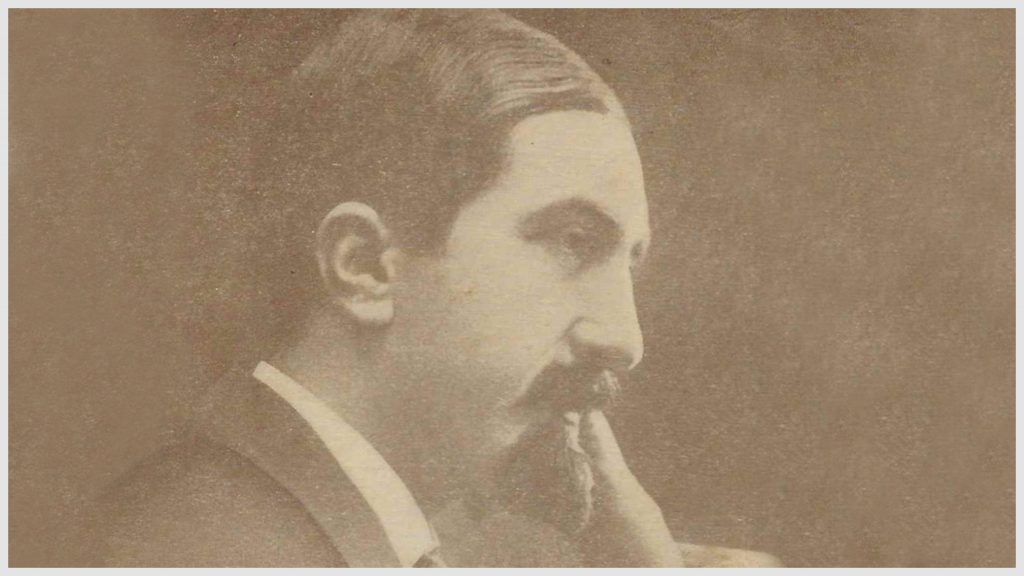
Born in Agn, on the shores of the Euphrates, Yarjanian received his preliminary education in the town’s Nersisian School under the guidance of Bishop Karekin Srvantsdiants, who recognized his literary talents and gave him the pen-name Siamanto.
He left for Constantinople in 1892 with his father, who was a merchant, and continued his studies at the Mirijanian School at Kum Kapu and the Berberian School at Scutari (Üsküdar). After the 1895–1896 Hamidian massacres, fleeing the stifling atmosphere in Constantinople, he headed to Greece, then Egypt.
In 1897, Siamanto left for Europe to continue his studies, staying for a time in Geneva, then to Paris, where he studied literature at the Sorbonne for three years. While in Europe, he contributed to Droshak and produced some of his best poetry. He published his first volume, Tiutsaznoren (Like the Children of Gods), in 1901–02 in Paris. Four more were published during his years in Europe.
In 1909, after the declaration of the Ottoman Constitution of 1908, Siamanto returned to Constantinople, where he wrote for Azatamart and published Garmir Lourer Paregames (Red News From My Friend).
In December 1909 he was sent to the United States as an ARF fieldworker and to assume the editorship of the Hairenik daily. There, in 1910, Siamanto published Hayreni Hraver (Invitation From the Homeland), as well as his complete works, which he edited.
In 1911, he returned to Constantinople via London and Paris, and continued his literary and political activities. On the 1500th anniversary of the founding of the Armenian alphabet, in 1913, he published his last volume, Mesrob Mashtots, in Constantinople.
The same year, he traveled with the retinue transporting ARF founder Simon Zavarian’s casket to Tiflis. He traveled throughout the Transcaucasus, meeting with his Eastern Armenian contemporaries.
He later returned to Constantinople. Arrested in 1915, Siamanto was among the first victims of the Genocide. He was 37 years old.
Antranig Ozanian
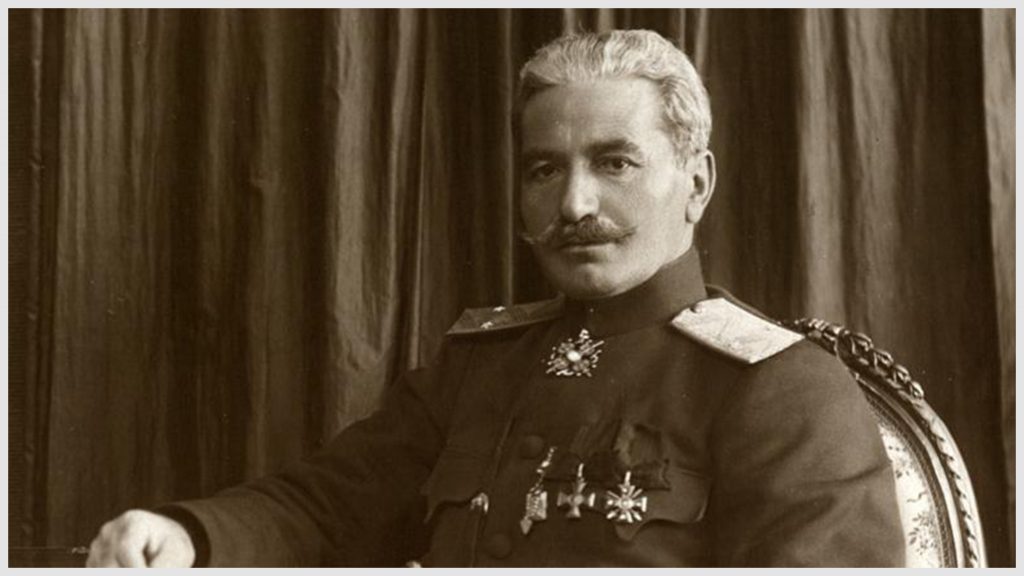
Antranig was born in Shabin-Karahisar, Western Armenia, where he attended the Mousheghian School and received early training in carpentry, his father’s trade. He began his revolutionary activity in Sepasdia province in 1888, and joined the Dashnaktsoutiun in 1892, in Constantinople.
Soon after joining the ARF, Antranig returned to the interior provinces, where he defended Armenian villages in the Moush-Sasoun district in 1895–96. He crossed over to Van with group leader Vazgen in July 1897 and then moved on to Akhlat and Sasoun, where he stayed until 1904 as a rank-and-file fighter. He took on a greater role there after the assassination of fedayi leader Aghbiur Serop in 1900.
With Kevork Chavoush and Magar, he avenged Serop by killing the Kurdish executioner, Bshareh Khalil. With the blessing of the Central Committee of Moush, he and Kevork Chavoush organized and led the fighting at the besieged Arakelots monastery (near Moush) in 1901, donning the uniforms of Turkish officers in order to escape.
In 1903, he was appointed commander of the Dashnaktsakan forces in Sasoun and led the 1904 uprising. Immediately thereafter, he withdrew to Vaspourakan with his fedayis and eventually reached Iran.
A participant in many high-level ARF assemblies, Antranig attended the Council of ARF Representatives at Geneva in 1905. He then settled in Bulgaria, where he played an active role in establishing the ARF military academy.
He took part in the Fourth ARF World Congress in Vienna in 1907 and was elected a member of the ARF’s Demonstrative Body, which was in charge of demonstrative actions (propaganda by deed). An audacious, enterprising military leader, Antranig was also intractable by nature and began having difficulties with the party soon after, citing philosophical differences. He nevertheless continued to work within the ARF until the days of the Independent Republic, but made a final break from the party thereafter.
Antranig fought alongside the Bulgarians in the Balkan War of 1912, also identifying himself with Macedonian liberation movement. He went to the Caucasus in 1914 and was given command of the First Armenian Volunteer Regiment on the Caucasian front. Under the supreme command of General Nazarbegian (Nazarbegov), Antranig won the battle of Dilman. His forces joined with the Armenian legion in expelling the Turks from south of Lake Van but were forced to retreat by a Turkish counteroffensive in July, 1915. His unit was dissolved by the authorities in 1916.
Promoted to the rank of division general in 1917, Antranig led a Western Armenian division which attempted to hold off the eastward advance of Turkish forces. Forced to evacuate Erzurum in March 1918, he resigned his command and left for Tiflis the same month. He then formed a new Western Armenian unit but did not participate in the decisive battles around Sardarabad in May 1918.
After independence, Antranig had misunderstandings with the Republic’s government, partly over the decision to sign the Treaty of Batum in June 1918. He remained in the Transcaucasus for the next few years, leading Armenian military resistance to Tatar incursions in Zangezour, Nakhijevan, and Karabagh. About to retake Karabagh in December 1918, Antranig was halted by a message from the British regional commander, who guaranteed a peaceful solution to the question. The situation was subsequently left unresolved, resulting in Karabagh’s exclusion from Armenia’s borders.
Forced by British pressure to disband his forces, Antranig left the Caucasus in 1919. He first went to Paris and London, trying to persuade the Allies to occupy Turkish Armenia. He went on to the US, where he raised funds for the Armenian army. He died in 1927, in Fresno, California.
His remains were buried in the Père Lachaise cemetery in Paris, after Soviet authorities refused to allow his interment in Soviet Armenia. His remains were eventually transferred to Armenia, in 1990.
